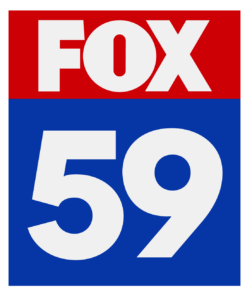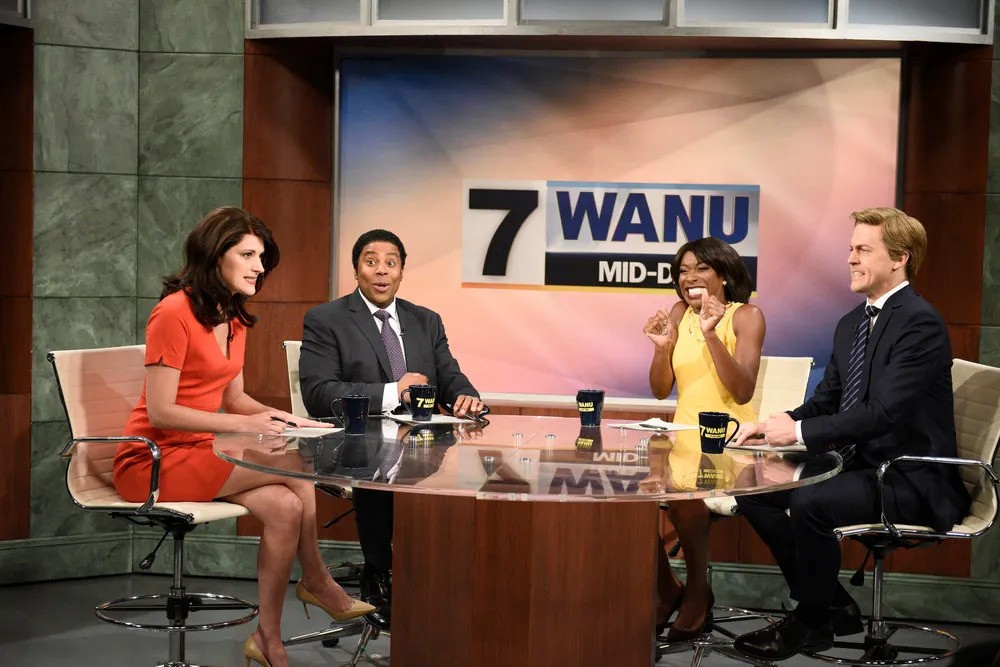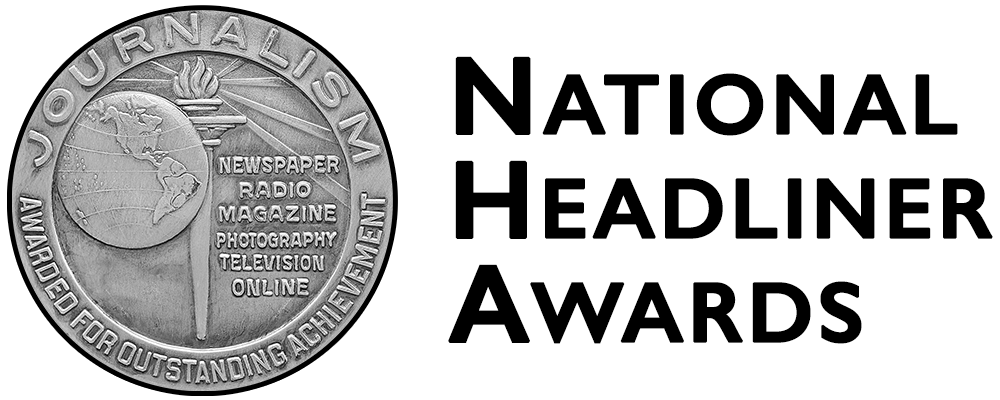WBZ BOSTON CHARTS STORYBOOK FUTURE
Once upon a time in the broadcast kingdom, there was a wonderful group of TV stations, each among the most prosperous in the land. The stations were so beloved that viewers fairly smiled at the mention of their names. But gradually there arose in the kingdom a series of false wizards from such far-flung realms as manufacturing and even snack foods.
The first wizard declared that the stations must save money by sharing the same designs for their logos, graphics and news sets. The next savant decreed that the stations would share the same programming, while the next replaced longtime reporters and news anchors with “newer, more dynamic talent.”
Yet another deep thinker proclaimed that henceforth each station would be known only by broadcast network and channel number. At last, the stations closely resembled one another, even though they were spread across the land. The wizards were pleased and proud. And the viewers? Well, not so much.
More wizards were called, but the more changes they made, the more viewers stopped watching. Although the stations saved money, they lost market share. The viewers, it seems, really missed those familiar faces and names and gladly would have said so if only someone would ask. Finally two real wizards came along and did just that.
This little fable must sound painfully familiar to many stations, but it’s inspired by some real-life missteps at WBZ Boston, the former Group W station affectionately called “BZ” by three generations of New Englanders. That is, until the 1990s when Group W partnered and then merged with CBS. The combined corporate suits ordered the station to rebrand and re-logo itself, first as News 4 New England then as a circular WBZ 4 and finally to the company-wide formula: CBS 4.
During all this, local news ratings dropped from first to last place. Seeking to fix the now ailing station, the bosses at Black Rock transferred WCCO GM Ed Piette from Minneapolis to Boston. “After 30 years in the business,” says Piette, “my gut feeling was that we were wasting some of the strongest call letters in the history of broadcasting—right up there with KYW, WJZ and KDKA. Remember, WBZ radio is still New England’s most listened-to station.”
But the new guy wasn’t about to act solely on intuition. The station conducted “an extensive employee survey, on everything from work environment to perception of station image and our people overwhelmingly favored a return to the call letters.”
And in a scientific phone poll, so did the viewers—not surprising in a town whose ball park is approaching its centennial. Still, the motivation to change was more practical than sentimental, especially with the transition to a digital channel number now just two years away. “We’ll no longer be Channel 4. Now is the time to solidify our brand name as we get ready to distribute content on the Internet and cell phones and gadgets yet to be invented,” says Piette.
To execute this ambitious the re-rebranding, Piette recruited Wendy McMahon, whom he calls “one of the best two or three creative service directors in the country.” Piette was reasonably sure of those credentials, having worked with McMahon back at WCCO. “Award-winning. Very good at staying within budgets. And she gets the best out of people.”
McMahon wasted no time. “As a marketing person, you want people to feel comfortable and receptive to your message,” she says. “In this case, we were knocking down a barrier. It was obvious from research that viewers had more positive feeling about the WBZ name than CBS,” even though CBS on WBZ is top-rated in primetime.
McMahon quickly learned how neglecting WBZ’s rich history, gave rival WCVB an opening to capitalize on the longevity of popular anchor Natalie Jacobson and the long-running local hit Chronicle. Meanwhile, Fox O&O WFXT and Sunbeam’s WHDH aggressively pursued younger news viewers. Creatively, says McMahon, “the trick was to honor the past, while courting a whole new audience, some of whom had not grown up with our call letters.”
Adding to the challenge, Boston viewers are among the most highly-engaged and discerning in the country. “We have the highest percentage of college and post-graduate degrees,” says McMahon, who cites WBZ analyst John Keller’s popular quip that “Politics is a sport” in the No. 7 DMA, where every Middlesex village and farm has its own municipal government and pugnacious town council.
But how do you turn an abstract strategy into a rebranding campaign? They started with the logo. The last iteration of the WBZ logo was an italicized variant of the classic Group W typeface, but it felt like a step backwards. “We wanted to salute the tradition in a forward-looking way. The new logo spells out WBZ in bold white capital letters, each reversed out of its own bright blue graphic box, perched elegantly alongside a more subtle gold box surrounding a white CBS Eye. “The color choices are deliberately not traditional for a newscast.” explains McMahon, “It’s designed to catch your eye and the shapes definitely command attention.”
If you’ve never personally supervised a station logo launch, you may not realize how much work is involved. Doing it right requires an exhaustive search and destroy mission to eliminate every occurrence of the previous logo on hundreds of promos, graphic backgrounds, PSAs, even the Emergency Alert System tape. All this must be poised to occur all at once, immediately before the premiere of the new logo.
As if that weren’t enough pressure, WBZ planned to unveil its new look in the middle of CBS’s Super Bowl coverage, a bold decision, especially since it meant giving up precious spot time. “Yeah,” laughs McMahon, “we turned down some major cash to feature our logo.” To set the right tone, McMahon’s team produced two special promos designed to appeal to the all-important, but elusive young male sports fan. The promos, which each ran only once, showcased the new logo painted on the burly bare chests of some football fans.
But graphics alone won’t capture market share. McMahon agrees, “A logo is a logo, but a brand is a brand.” To establish the latter, the station launched a fresh news image campaign just after the Super Bowl. It reinforced the new logo alongside a new tagline: Hype Free. Three humorous spots feature analyst Jon Keller, anchor Lisa Hughes, and longtime WBZ anchor Jack Williams, who was recently returned to the 6 p.m. newscast after a long exile to the noon news.
Will any of this help WBZ to regain its former place atop Boston’s news ratings? Obviously, it’s too soon to tell, says Piette. “Call letters in themselves won’t make you No. 1. It’s what you put behind them in the form of news talent, story selection, all those things that differentiate you from others in marketplace.”
But if community reaction is any indication, the station is back on the right path. At a recent sales pitch, one client hugged Wendy and said “thank you for bringing back WBZ.” Another local company sent flowers. And in one of dozens of e-mails, one viewer summed up why a station should never underestimate the value of local pride. He wrote, “Thanks for returning the wonderful call letters of WBZ. I worry about the New Yorkification of our local stations. With your help, we can stay New Englanders a lot longer.”
Market Share by Arthur Greenwald is a series on station promotions that appears every Monday. We’re on the lookout for other good ideas for increasing local audience and revenue. If you have one (or more) to share, please contact Arthur Greenwald at [email protected].
























Comments (0)